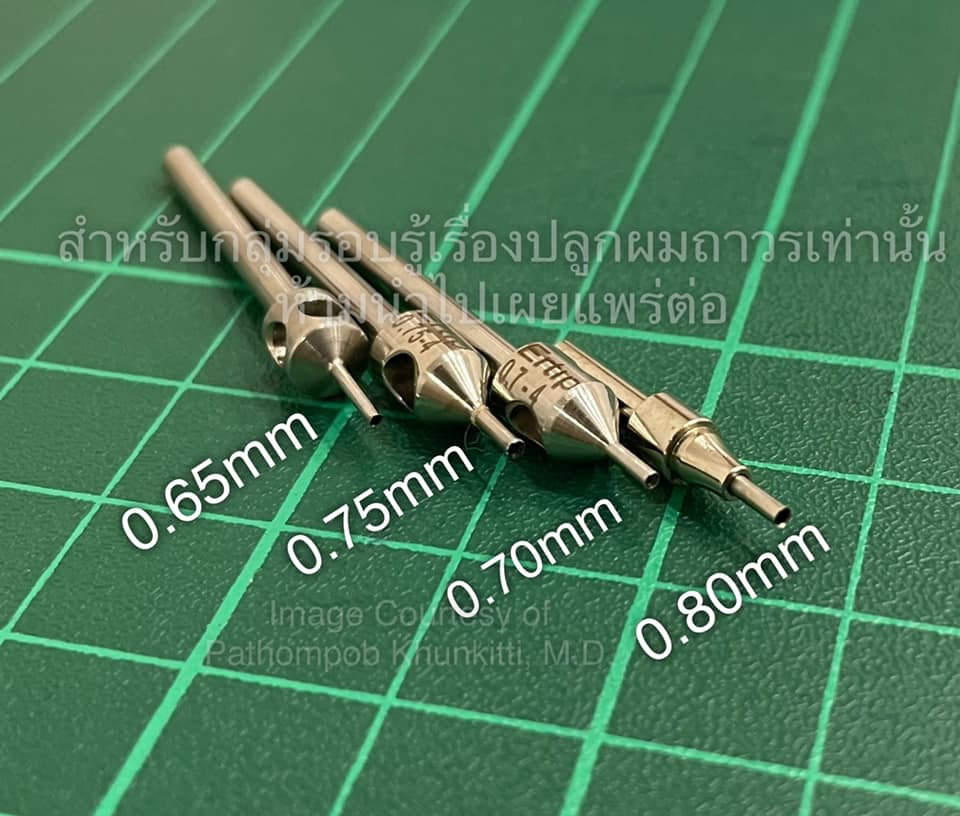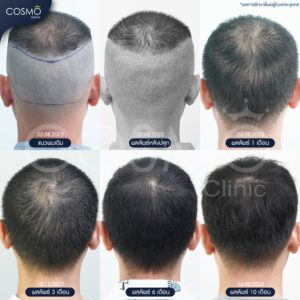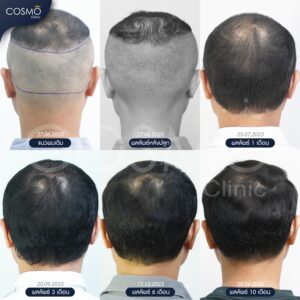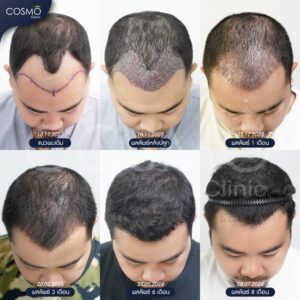Discover why the punch holes in your donor area vary in size during a hair transplant. Learn how factors like punch tip size, sharpness, and metal thickness affect wound dimensions.
table of contents
The Key Factor – Punch Tip Size
One of the most straightforward reasons for varying punch hole sizes is the size of the punch tip used during the extraction. Different brands and models of punch tools come with a variety of tip diameters—from 0.65mm up to 1.2mm. Simply put, the size of the wound directly depends on the size of the punch tip chosen for the procedure.
Other Influential Factors on Punch Hole Size
1. Sharpness of the Punch Tip
The sharpness of the punch tip plays a crucial role in determining the wound size:
- Dull tips may cause more tissue trauma.
- When the tissue is cut less cleanly, the wound edges become irregular, and the resulting hole may appear larger.
- Over the course of 1,000 extractions, even slight differences in sharpness can add up to a noticeable variation in wound size.

2. Metal Thickness of the Punch Tip
The design of the punch tool includes measuring the inner wall diameter of the tip. This means:
- Even if two punch tips have the same nominal size (for example, 0.70mm), differences in the thickness of the metal used in the tip can result in different wound sizes.
- A thicker metal tip leaves a larger wound opening compared to a slimmer one.
3. Thickness of the Hair Graft
The size of the extracted graft itself also influences the wound:
- Human hair typically has a thickness ranging from 60 to 100 microns.
- During hair transplantation, it’s not just the hair strand that is extracted but also the surrounding tissue containing vital stem cells.
- For grafts that contain multiple hairs (3-4 hairs per graft), using too small a punch could potentially damage the hair or cut off essential stem cells. In such cases, a larger punch might be necessary to ensure the integrity of the graft.
What Should You Ask Your Surgeon?
Before deciding on a hair transplant, it’s important to ask detailed questions about the tools and techniques used. You should:
- Inquire about the sizes of the punch tips available.
- Ask what materials the punch tips are made of.
- If possible, request to see the actual tools used during the procedure.
This transparency will help you feel confident about the procedure and ensure that the technique used minimizes donor area trauma while maximizing graft viability.







